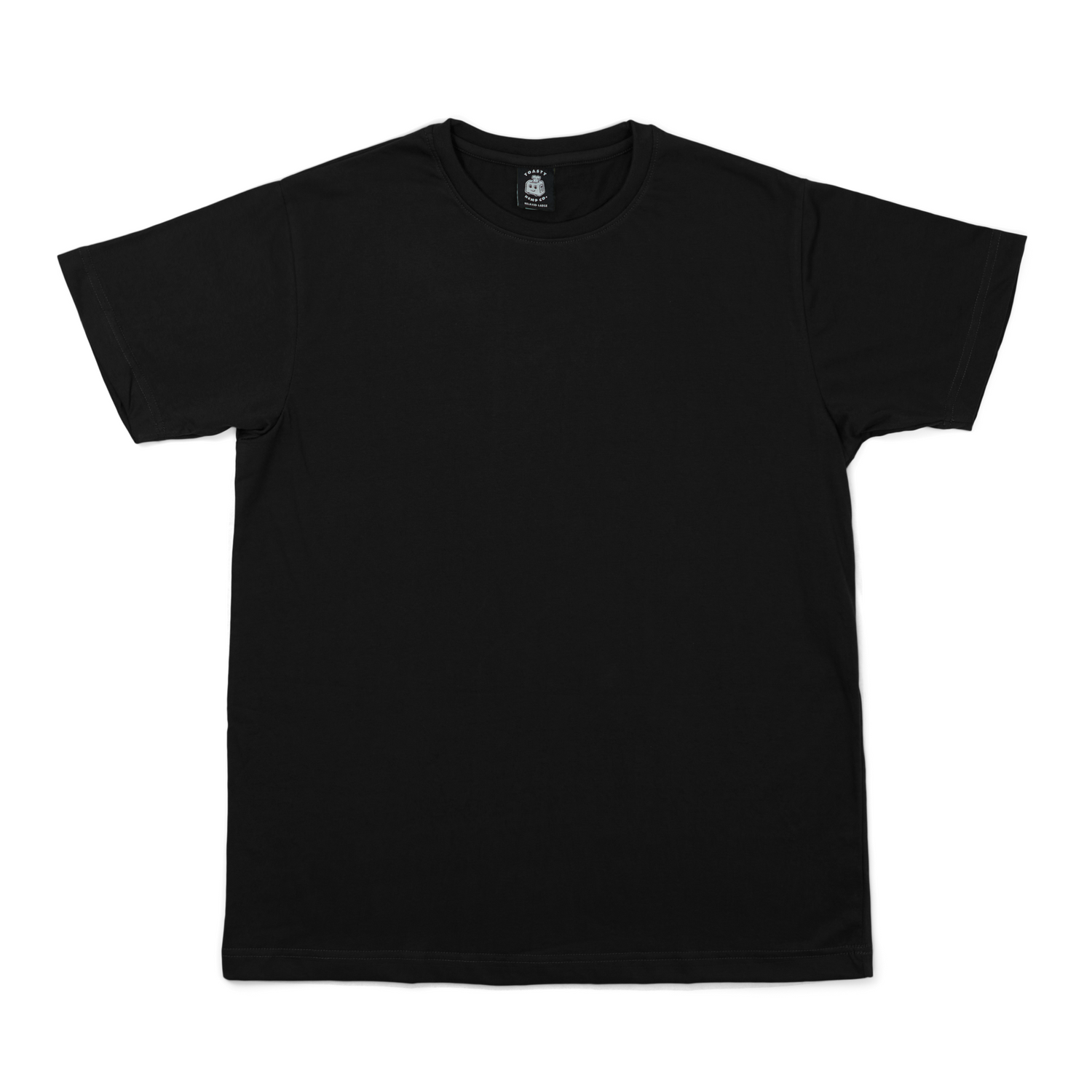If you are reading this, we fairly confident you’ve heard about, or perhaps even worn hemp blended apparel – hopefully ours!
Perhaps you're interested in the sustainable benefits of hemp clothing, or maybe the durability of the fabric is appealing to you?
Or, most likely, you’ve either purchased a – or stolen someone’s – TOASTY HEMP CO hoodie, and you don’t have any plans to return it!
Whatever the reasoning behind your decision purchase – or otherwise acquire – an article of hemp clothing, it's a fantastic choice. You're helping to ensure that hemp in fashion is here now, and will be here to stay.
But it's been a long road getting to this point...
The USA has a complicated relationship with hemp fabric production.
Hemp's early days as a staple crop in the colonial era through the early 1900s were followed by a country-wide de facto ban that lasted for nearly 84 years!
The Farm Bill was passed in 2018 which reinstated the legal cultivation and textile processing of hemp in the US.
However, this ban was not without consequence. Over the past few decades, a large technological gap was created between the US and the 30 other countries that had been diligently cultivating, processing, and weaving hemp into fabric.
Countries that never restricted hemp cultivation have an enormous head start...
China has highly developed yarn facilities, and is currently the largest cultivator and exporter of hemp fibers worldwide. They currently dominate the hemp textile market, with a 78.4% share in $1.08 billion USD of the total consumer sales in 2018!
India and South Korea both have well established textile industries, and they are currently the largest importers of hemp yarn.
Over the past few years, China, India, and South Korea have been feeding the ever-growing international consumer demand for hemp blended clothing.
New interest in hemp is creating new opportunities...
Between 2018 and 2020 the use of hemp in fashion products in the UK and US grew 28% and the year-over year use of hemp increased 2%.
As hemp in the fashion industry becomes more prevalent, it is anticipated that there will be an increased demand, particularly in the US.
With new demand in the USA, there will be new opportunities for investments in machinery, processing technology, and related resources. Advancements in these areas will undoubtedly encourage the USS to become a serious hemp textile competitor in the international arena.
It’s not out of the question to imagine hemp blended fabrics becoming easily obtainable and common household items in the upcoming years – at TOASTY HEMP CO we're doing our part to help make it a reality!
Have thoughts or further insights on the future of hemp and fashion? Drop us a line – we'd love to hear what you're thinking!


